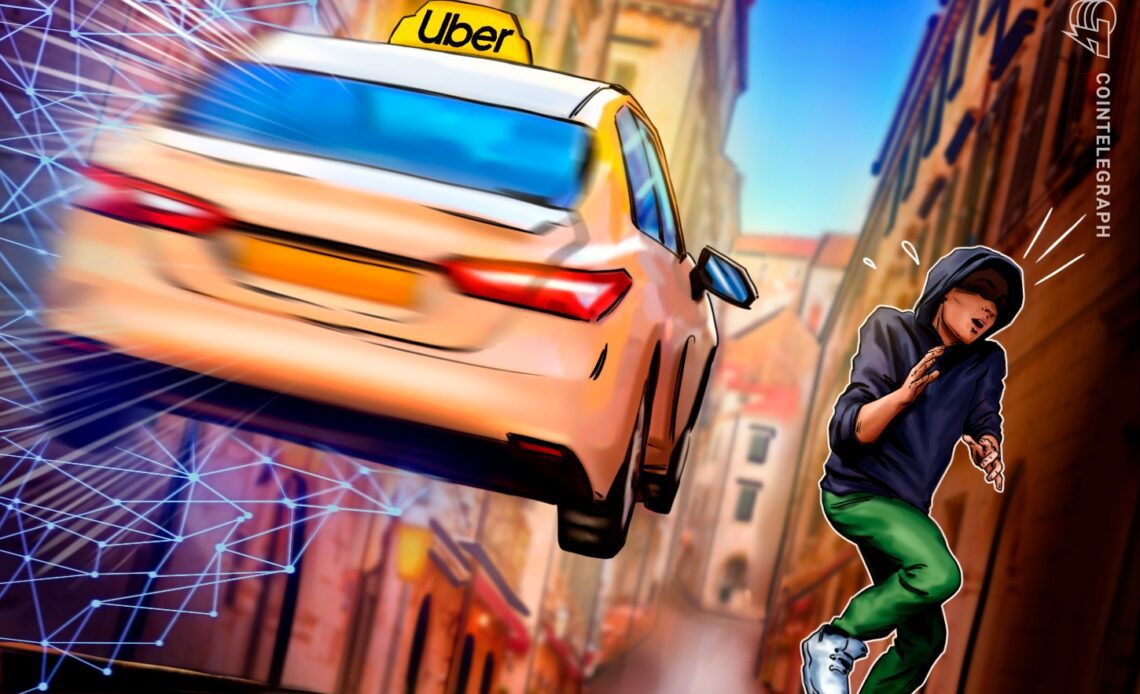Uber is a staple of the gig economy, for better or worse, and a disruptor that once sent shockwaves throughout the mobility space. Now, however, Uber is being taken for a ride. The company is handling a reportedly far-reaching cybersecurity breach. According to the ride-hailing giant, the attacker has not been able to access sensitive user data, or at least, there is no evidence to suggest otherwise. Whether or not sensitive user data was exposed, this case points to a persistent issue with today’s apps. Can we continue to sacrifice our data — and thereby our privacy and security — for convenience?
Web2, the land of hackable honeypots
Uber’s track record for data breaches is not exactly spotless. Just in July, the ride-hailing giant acknowledged hushing up a massive breach in 2016 that leaked the personal data of 57 million customers. In this sense, the timing of the new incident could not have been worse, and given how long it takes to establish the damage done in such breaches, the full scale of the event has yet to reveal itself.
Uber’s data breach is not anything out of the ordinary — Web2 apps are ubiquitous, ever reaching further into our lives, and many of them, from Facebook to DoorDash, have suffered breaches as well. The more Web2 apps proliferate across the consumer space and beyond, the more often we will get such incidents in the long run.
Related: Crypto will become an inflation hedge — just not yet
The issue comes down to the very architecture of apps built on Web2. Through their centralized tech stacks, they naturally create honeypots containing users’ sensitive data from payment details to consumer behavior. As users funnel more and more data through various consumer apps, hackers have more and more honeypots to pursue.
The only true solution to the problem is also the most radical one — consumer apps should embrace Web3, restructure their data and payment architectures to grant users more security and privacy, and welcome this new era of the internet.
What would a Web3 Uber look like?
Web3 does not necessarily mean a change in the app interfaces we interact with. In fact, one could argue that continuity and similarity are key to adoption. A Web3 Uber would look and feel pretty much the same on the surface. It would have the same overall purpose and function as existing Web2 ride-hailing apps. Below the deck, however, it would be a very different beast. All the benefits of Web3 such as decentralized governance, data…
Click Here to Read the Full Original Article at Cointelegraph.com News…
























